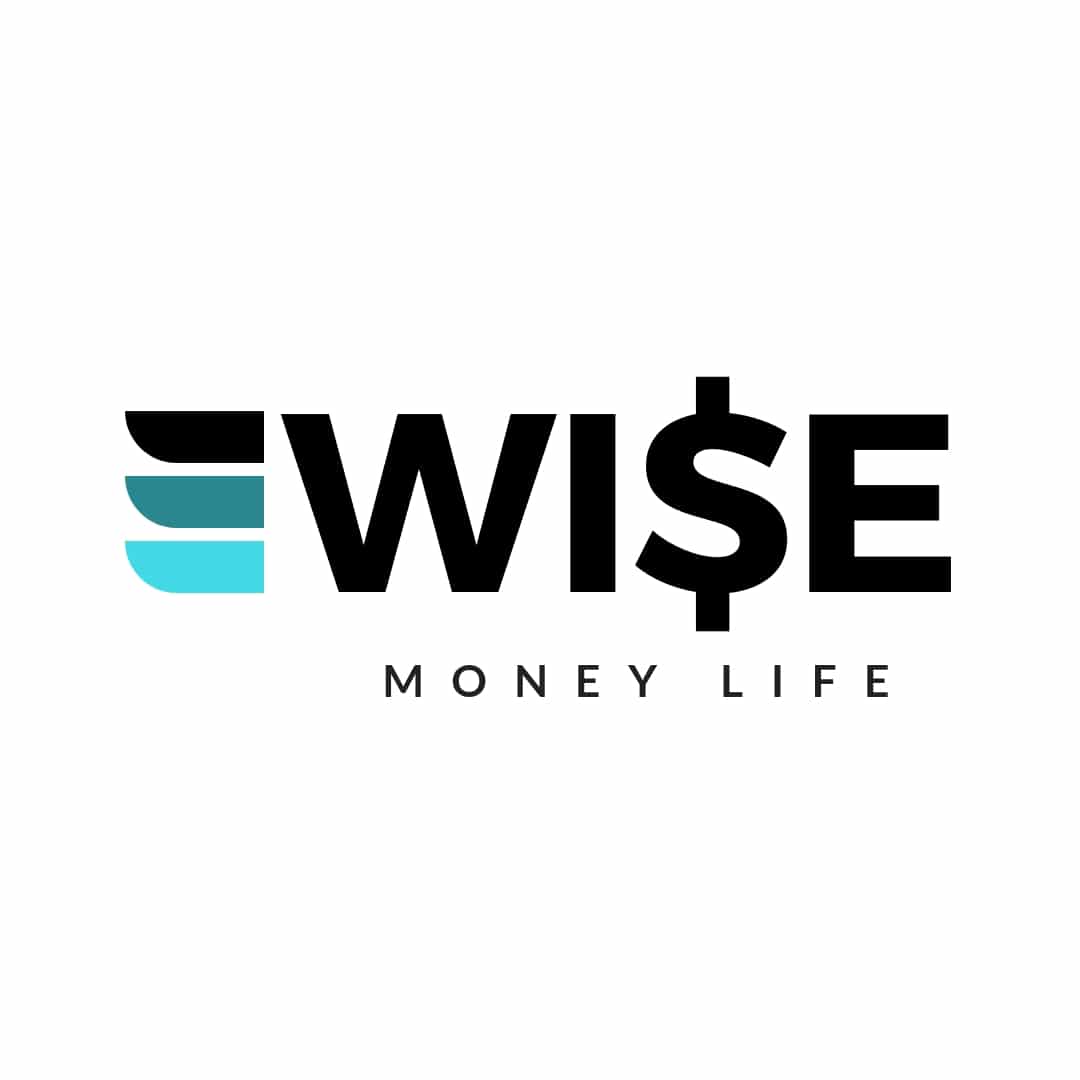In a world of rising costs and unexpected expenses, understanding how to use a personal loan effectively can be a valuable tool in your financial toolkit. Whether you’re facing a home renovation, consolidating debt, or funding a dream vacation, knowing the ins and outs of personal loans can help you make informed decisions and reach your goals. I’ve helped countless people with their personal finances, and I’m here to break down how to use a personal loan to your advantage. I’ll also go over important factors to consider along the way.
Table of Contents:
- What is a Personal Loan?
- Why Would Someone Consider a Personal Loan?
- Understanding How to Use a Personal Loan Responsibly
- Alternatives to Consider Before Applying
- Conclusion
What is a Personal Loan?
Before diving into how to use a personal loan, let’s first define personal loan basics. Essentially, it is a lump sum of money you borrow from a financial institution, like a bank, credit union, or online lender. You repay this amount over a predetermined period, typically with fixed interest rates.
This characteristic of fixed interest rates sets personal loans apart from credit cards, which often have variable interest rates. This means that a personal loan allows you to budget effectively since you know the exact monthly repayment amount upfront. With a solid repayment plan, personal loans can even help you build credit.
Why Would Someone Consider a Personal Loan?
There’s no one-size-fits-all answer when it comes to using personal loans, as the “right” way to use them can differ for everyone based on individual needs and financial situations. However, here are a few common uses where a personal loan might be the right solution:
Debt Consolidation
Juggling multiple debts with varying interest rates can be a major headache. A personal loan for debt consolidation allows you to combine these into a single loan with a potentially lower interest rate. This simplification means one fixed monthly payment instead of multiple bills.
This approach is particularly helpful for managing high-interest credit card debt. Getting a handle on your credit card advice now can save you a lot of money in interest in the future.
Home Improvement Projects
From upgrading appliances to remodeling your bathroom, home improvements can significantly increase your home’s value and comfort. If you don’t have readily available savings, a personal loan can cover the cost of renovations.
Unlike a home equity loan or line of credit (HELOC), a personal loan doesn’t require using your house as collateral, providing an extra layer of security. You can use it to increase your savings accounts in the long run.
Funding a Major Expense
Life is full of big expenses, such as a wedding, a dream vacation, or even unexpected medical bills. Personal loans provide the financial flexibility to tackle these significant expenditures, allowing you to manage these costs over time with manageable monthly payments. You can use it to fund a small business or pay for student loans, too.
Understanding How to Use a Personal Loan Responsibly
A personal loan offers the potential to simplify finances or reach goals more quickly. However, how you use it will determine whether it is ultimately beneficial or detrimental to your financial well-being. This isn’t free money—it comes with long-term financial obligations. If not handled correctly, a personal loan could harm your credit and budget.
Here’s what to consider to make smart financial decisions regarding personal loans:
Assess Your Financial Situation
Take a hard look at your income, expenses, and existing debts. Use online budgeting tools, financial apps, or consult a financial advisor to ensure you can comfortably manage the additional monthly payment of a personal loan without straining your budget. Factor in what you would pay monthly, what the loan rate would be, and how long the loan term is.
Understand Interest Rates and Fees
Interest rates on personal loans vary greatly depending on your credit score, loan amount, and repayment term. Personal loans can offer more stable rates than credit cards, making them more predictable in the long run. Be sure to check for loan lender reviews when shopping around.
Loan resources can give you current rate trends. This will give you an idea of where rates are, so you are not caught off guard.
Choose the Right Lender
Do your research, compare offers, and read reviews of different lenders before making a decision. It is best to explore different options, as banks, credit unions, and online lenders each offer distinct terms, interest rates, and perks. Consider using lender reviews to help you decide.
Borrow Only What You Need
Avoid the temptation of taking out a larger loan than necessary just because it’s offered. It can be tempting, but sticking to the amount needed helps you maintain control over monthly repayments and minimize interest paid.
Develop a Solid Repayment Plan
Once your loan is approved, create a repayment strategy aligned with your budget and stick to it. Consistent, timely payments build a positive credit history and prevent late fees. Set up auto pay if you can so you never miss a loan pay.
Alternatives to Consider Before Applying
A personal loan isn’t the answer for every scenario. If your need for financing isn’t immediate or if interest rates seem daunting, it is always prudent to weigh alternatives. You may find more suitable financial solutions depending on your unique circumstances:
Saving Up
While this requires patience and planning, if your expense isn’t urgent, saving a little each month toward your goal might be the most cost-effective route. A savings calculator can help you figure out how to make it work.
Consider opening a high-yield savings account or money market account to maximize the growth of your funds while saving. With higher interest rates than traditional savings accounts, these are great options to build your balance faster. You may even look into things like a certificate of deposit, or CD. There are even options for a year CD if you want to lock your money away for a year or month CD options if you just want it in there for a month.
Utilizing a 0% APR Credit Card Offer
For smaller purchases or those with a plan to repay quickly, strategically leveraging an introductory 0% APR period offered by some credit cards could be a wise move. Just remember to repay the balance before the promotional period ends to avoid accruing high interest. This can also boost your credit score.
Check out different card advice to find out more. You can compare lenders based on card reviews.
Peer-to-Peer Lending Platforms
Explore peer-to-peer lending, which connects borrowers directly with investors willing to fund loans. This route might offer competitive rates and more flexible terms. It’s still essential to do your research on these platforms before making any commitments.
Conclusion
Learning how to use a personal loan can be a beneficial skill, especially in managing significant expenses or simplifying finances. By thoroughly researching, budgeting effectively, and choosing a loan that aligns with your specific financial circumstances, a personal loan can be a positive force in achieving your goals.









Reader Interactions